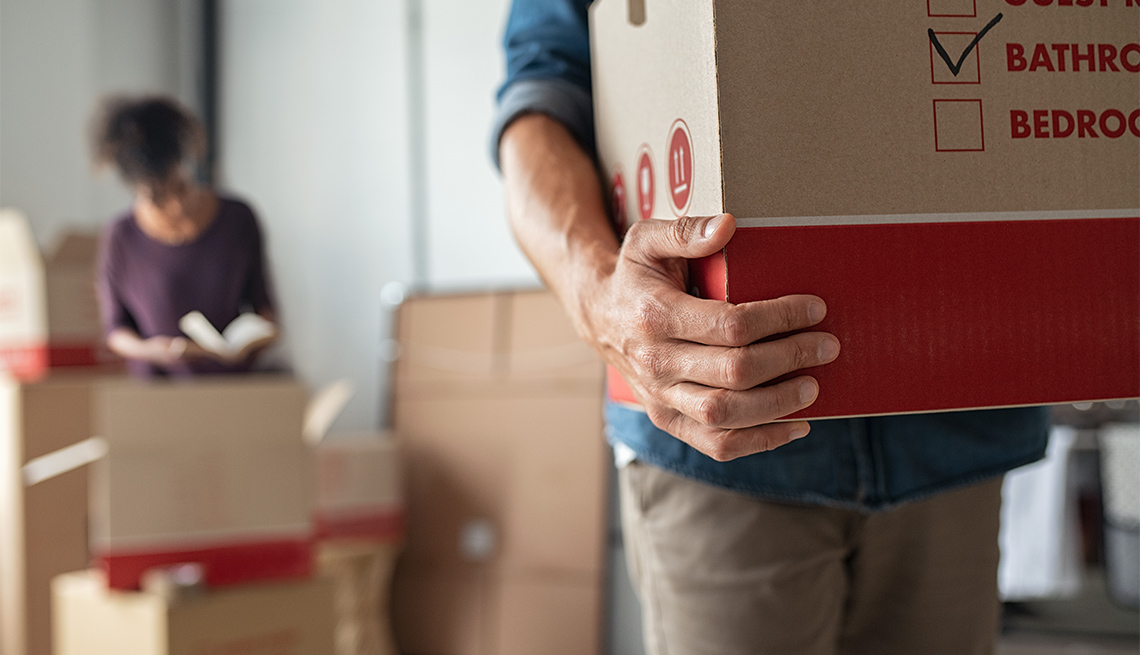Staying Fit
When Kim Craft and his wife, Karen, downsized in April from a 3,500-square-foot house in a Gainesville, Florida, suburb to a townhouse downtown, they hired a local family-owned moving company.
“After speaking [by phone] with them, I thought they were very professional and they would follow through,” Karen recalls. The company had good reviews on Yelp, she adds.


AARP Membership— $12 for your first year when you sign up for Automatic Renewal
Get instant access to members-only products and hundreds of discounts, a free second membership, and a subscription to AARP the Magazine.
The cross-town move cost about $1,600. “It was worth every penny,” Kim says.
The Crafts aren’t alone. Prepare to see more people moving this spring and summer.


While stay-at-home orders and other restrictions related to the coronavirus pandemic pushed the peak moving times from spring to fall last year, the spring moving season has returned this year, with people migrating largely west and south, says Eily Cummings, spokeswoman for UniGroup, which owns United Van Lines and Mayflower, two of the nation’s largest moving companies. People are flocking to places like Austin, Texas; Florida and Montana, as the traditional home-buying season heats up, more people get vaccinated and find they can work remotely or retire, she adds.
If you’re moving, start the process early to lower your stress. Once you settle on a closing date to sell your home or leave a rental, start planning your move. Two to three months ahead of time is best, experts say.
“Start as soon as possible,” advises Alison Bernstein, founder and president of Suburban Jungle, a real estate advisory platform that helps people choose where to settle. “There’s no reason to delay that.”




































































